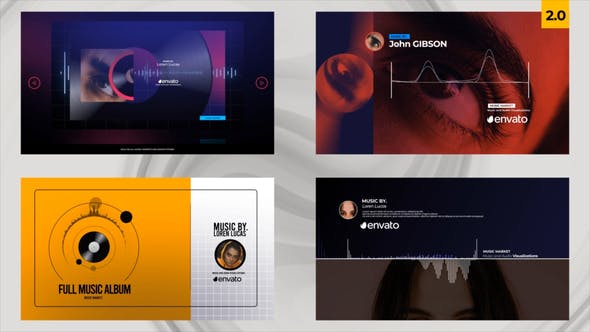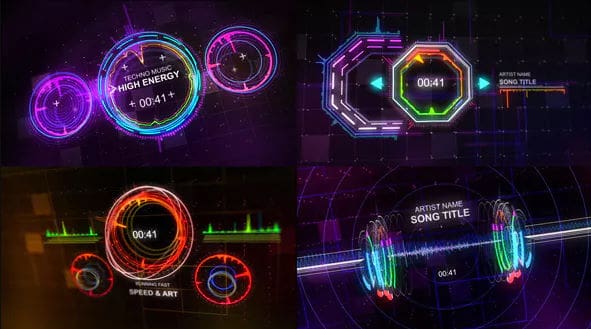

Next, use the Frames per second drop down menu to match the frame rate of your project. Select the generator and go to the Inspector window.įind and select the same audio wave file that you already placed in the timeline. Now, it’s time to import our audio and set it up in the generator. Then select an audio file and place it below your media in the timeline.Ĭlick and drag the edge of the generator to make it the same length as the audio file. Let’s begin by going to the FCPX generators library to locate the Audio Visualizer presets.įor this example, we will use the Master Bar Template. The FCPX Audio Visualizer will do the rest.įor this example, we will show you how to create a bar visualizer. Users simply have to drag the generator into the timeline, import their audio, and customize the settings. The FCPX Audio Visualizer allows Final Cut Pro X users to create bar and waveforms that react to any audio wave file. Welcome to a FCPX Audio Visualizer lesson from Pixel Film Studios.

Using the high-quality dedicated encoding pipeline on NVIDIA hardware.FCPX: Audio Visualizer Lesson - Professional Audio Visualizer for FCPX - Pixel Film Studios NDI Screen Capture HX’s ground-breaking capabilities enable powerful new workflows for live content creation:įull resolution screen capture up to 4K and above, at frame-rates up to 120 Hz or higherĮnd-to-end hardware accelerated implementation of NDI|HX including screen capture, color conversion, and video compression NDI Screen Capture HX is designed to work with a PC’s GPU to capture your screen and make it available as an NDI source on the network – all without the need for costly capture cards.



 0 kommentar(er)
0 kommentar(er)
